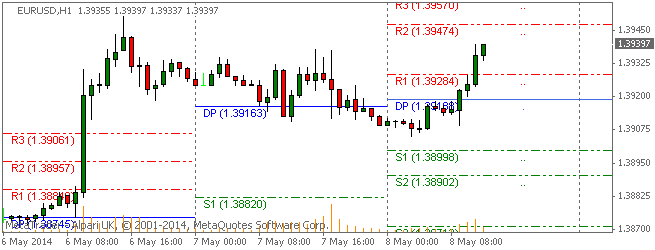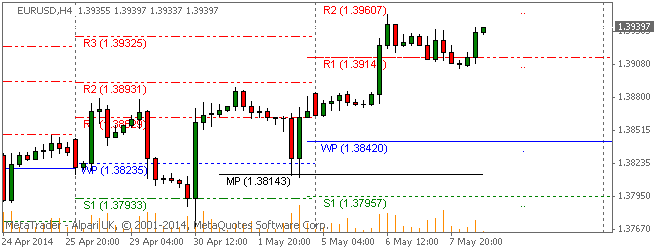By WallStreetDaily.com 
As a frequent flyer, I’m often eligible for last-minute upgrades.
So when I heard my name called last week while I was waiting in the Newark Airport, I rushed up to the desk to claim my prize.
To my dismay, however, I wasn’t getting an upgrade.
Instead, I was being called into questioning by two members of Customs and Border Patrol. Seriously.
Apparently, the officers were very interested in my trip to Turkey.
Since Turkey is a longstanding member of NATO and a staunch ally of the United States, I was confused, to say the least.
I would have understood if someone had questioned my desire to go to, say, the Strait of Hormuz or Cairo during the revolution. But Turkey?
Well, as it turns out, the officers were simply interested in my views on Syria.
We talked for a bit – and even shared a few jokes. I also informed them that they could check out my research on Wall Street Daily if they wanted reassurance about my plans!
I was fully cooperative and ended up not being sequestered for long. (Of course, they weren’t as cooperative when I began asking them questions!)
And now that I’m in Turkey and have had the chance to perform some boots-on-the-ground research, I have to say – there’s a ton of investment potential hiding here…
Following the Action on the Ground
Istanbul is buzzing. This is my sixth visit in the past 20 years, and the atmosphere has changed a lot…
It’s not as seedy. In fact, it’s very sophisticated in places and, overall, it’s one of the most beautiful and vibrant cities in the world.
You’ll see everything from miniskirts to mullahs and everything in between. Alcohol isn’t as rare now, and the same goes for the hopping nightlife locations.
No matter how much Istanbul has changed on the outside, however, very little has changed about its investment profile.
You see, Turkey is what I consider a “forever-emerging market.” And that spells opportunity, even though many investors are ignoring the potential.
Why Foolish Investors Are Passing on Turkey
Right now, Turkey is down – falling as much at 35% last year (as measured by the stock exchange).
After a decade of strong growth – that saw per capita income swell from $3,500 to over $10,000 – things have stalled. That’s not surprising, of course, after the binge of leveraged real estate speculation, consumer spending and government debt accumulation (thanks to easy money).
Plus, issues in Russia (a very close trading partner) and the European Union aren’t making things any better.
During times like these, most investors will choose to write off the country as an investment.
Don’t make the same mistake…
At the crossroads between East and West, Turkey is what places like Egypt wish they were – and places like Greece hope they can one day be.
Despite what you see in the news, Turkey boasts a secular society. And it’s an economic powerhouse, approaching $1 trillion in GDP.
Ultimately, Turkey will always present opportunity… as long as that opportunity is at the right price. And we’re fast approaching that price…
One of the ways to stake your claim is to look at the closed-end fund market where The Turkish Investment Fund (TKF) trades.
Comprised of leading blue-chip companies, this fund is trading more than 40% below its 52-week high – and at a 12% discount to the value of its assets.
Bottom line: When it comes to any emerging market investment, you want to buy on the dips and sell on momentum! And Turkey is in the midst of a dip right now as far as the markets are concerned.
On the street, things are still buzzing – and that’s something to pay attention to.
When you notice a disconnect between the market and what’s happening on the ground, it’s almost always more profitable to follow the trend on the street.
And in this case, the action on the street indicates that Turkey is closer to the bottom.
Ahead of the tape,
Karim Rahemtulla
The post Why Now is the Time to Invest in Turkey appeared first on Wall Street Daily.
Article By WallStreetDaily.com
Original Article: Why Now is the Time to Invest in Turkey













